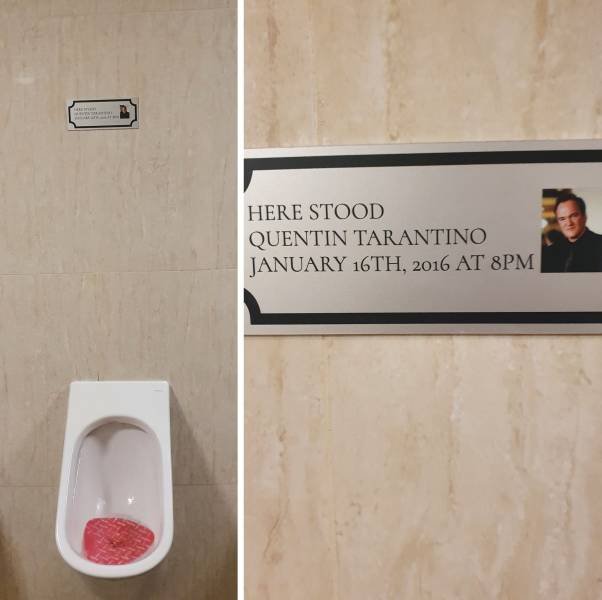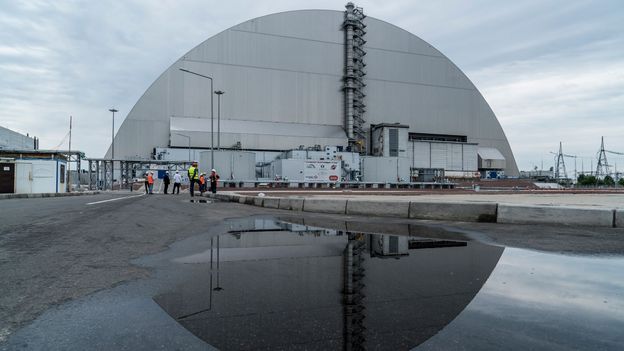BarnBuster
Virtually Unknown Member
On April 19, 1943, Himmler sent in SS forces and their collaborators with tanks and heavy artillery to liquidate the Warsaw ghetto.
In Warsaw, Poland, Nazi forces attempting to clear out the city’s Jewish ghetto are met by gunfire from Jewish resistance fighters, and the Warsaw Ghetto Uprising begins.
Shortly after the German occupation of Poland began, the Nazis forced the city’s Jewish citizens into a “ghetto” surrounded by barbwire and armed SS guards. The Warsaw ghetto occupied an area of less than two square miles but soon held almost 500,000 Jews in deplorable conditions. Disease and starvation killed thousands every month, and beginning in July 1942, 6,000 Jews per day were transferred to the Treblinka concentration camp. Although the Nazis assured the remaining Jews that their relatives and friends were being sent to work camps, word soon reached the ghetto that deportation to the camp meant extermination. An underground resistance group was established in the ghetto—the Jewish Combat Organization (ZOB)—and limited arms were acquired at great cost.
On January 18, 1943, when the Nazis entered the ghetto to prepare a group for transfer, a ZOB unit ambushed them. Fighting lasted for several days, and a number of Germans soldiers were killed before they withdrew. On April 19, Nazi leader Heinrich Himmler announced that the ghetto was to be emptied of its residents in honor of Hitler’s birthday the following day, and more than 1,000 S.S. soldiers entered the confines with tanks and heavy artillery. Although many of the ghetto’s remaining 60,000 Jewish dwellers attempted to hide themselves in secret bunkers, more than 1,000 ZOB members met the Germans with gunfire and homemade bombs. Suffering moderate casualties, the Germans initially withdrew but soon returned, and on April 24 launched an all-out attack against the Warsaw Jews.
Thousands were slaughtered as the Germans systematically progressed down the ghettos, blowing up the buildings one by one. The ZOB took to the sewers to continue the fight, but on May 8 their command bunker fell to the Germans and their resistant leaders died by suicide. By May 16, the ghetto was firmly under Nazi control, and mass deportation of the last Warsaw Jews to Treblinka began. During the uprising, some 300 German soldiers were killed, and thousands of Warsaw Jews were massacred. Virtually all those who survived the Uprising to reach Treblinka were dead by the end of the war.
An estimated 7,000 Jews perished during the Warsaw ghetto uprising, while nearly 50,000 others who survived were sent to extermination or labor camps. It’s believed that the Germans lost several hundred men in the uprising.
The Warsaw ghetto uprising was the largest, symbolically most important Jewish uprising, and the first urban uprising, in German-occupied Europe. The resistance in Warsaw inspired other uprisings in ghettos (e.g., Bialystok and Minsk) and killing centers (Treblinka and Sobibor).























